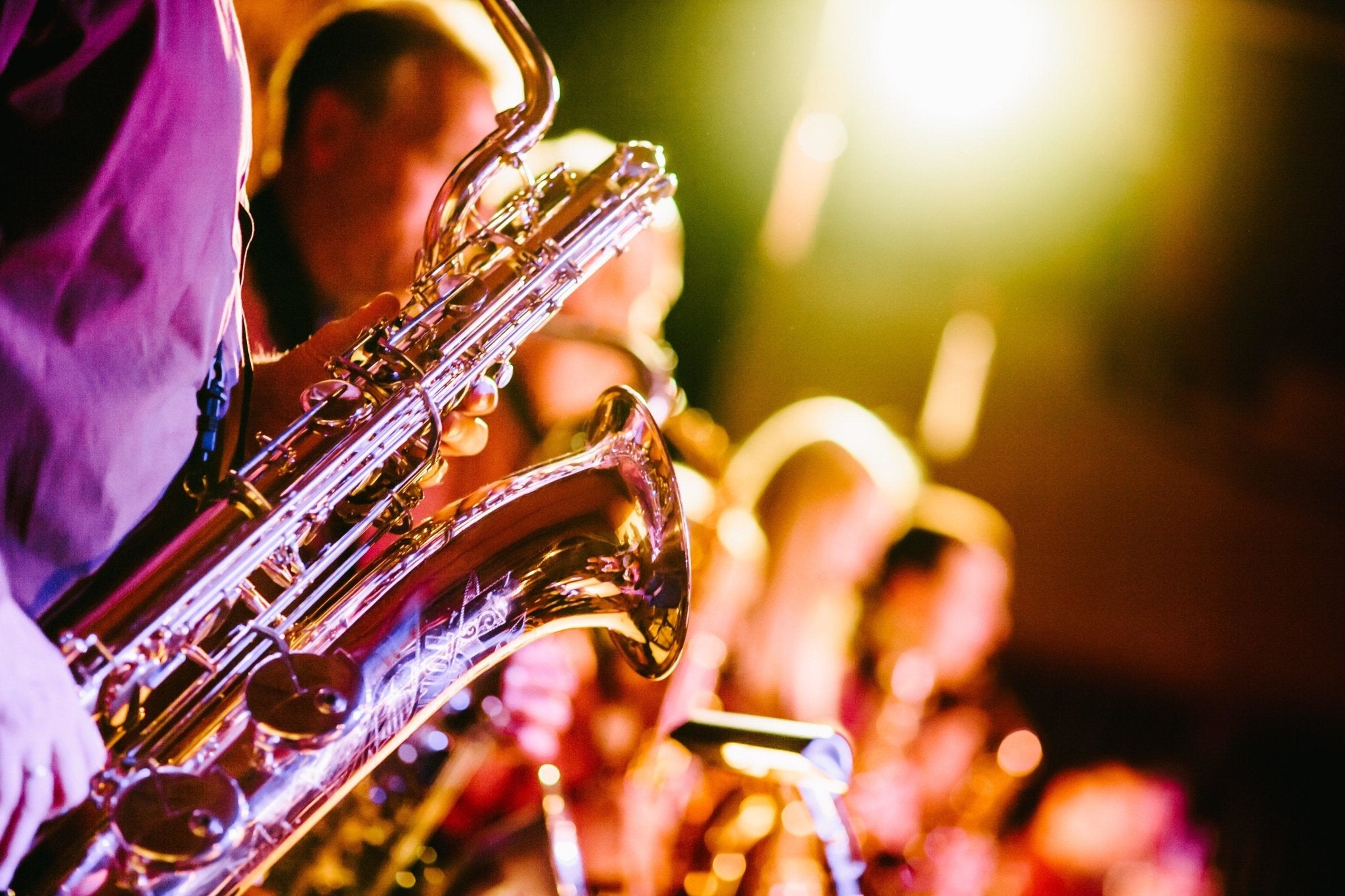There are many types of "wind instruments," but they can be divided into three main categories based on the mechanism of sound production. Each of them has a different way of blowing to produce sound, but they all have in common that the muscles around the mouth and the use of breath (air) play an important role. Here is a brief introduction to the characteristics of each instrument. Please use it as an indicator to find the wind instrument you want to play.
Lip reed instruments
Brass instruments such as trumpets, trombones, horns, tubas, and euphoniums, many of which are made of brass, are played by placing a part called a "mouthpiece" over the mouth,The sound is produced by vibrating the lips.Each instrument uses its own mouthpiece.
Trumpet
The bright and gorgeous sound of the trumpet can be heard in a wide range of genres, from orchestral music to jazz. This is a flowery wind instrument that often plays the main part.
Cornet
Smaller than the trumpet, the cornet has a rounded, warm sound, just like its appearance. A mainstay of New Orleans jazz and English-style brass bands.
Flugelhorn
Even softer and deeper sounding than the cornet. Popular in brass ensembles and jazz solo performances. French horns are characterized by their "snail" appearance with long, curling tubes and bells facing backward. The French horn is more frequently used in orchestras and brass bands than the trumpet.
Trombone
The length of the slide, a tube that expands and contracts, is adjusted with the right hand to change the pitch. The trombone is divided into alto, tenor, tenor-bass, and bass trombones according to the thickness and size of the tube and bell, but the sound-producing mechanism is the same.
Euphonium
The euphonium has almost the same range as the trombone, but has a softer, rounder sound. It is mainly used in English brass bands and brass bands.
Tuba
The tuba is the largest of the brass instruments and produces the lowest sound. In brass bands, it plays a behind-the-scenes role, supporting the whole ensemble along with the double bass.
Reed instruments
A musical instrument represented by the saxophone and clarinet. Made from the stem of a plant called "kane" (a kind of reed).The sound is produced by vibrating a thin plate called a "reed," which is made from the stem of a plant called the cairn.The saxophone and clarinet are also called single reed instruments because they are made by vibrating a single reed superimposed on the mouthpiece. The oboe and bassoon, on the other hand, do not have a mouthpiece and are called double reed instruments because they are made to vibrate by overlapping two reeds.
Saxophone
A popular wind instrument that is relatively easy to produce sound. There are the following types of saxophones, based on the different ranges in which they can be played. Soprano: Plays lightly in the upper register. It is used as a solo instrument. Alto: Plays in a wide range of genres, from brass band to orchestra to jazz. Tenor: Often plays counterpoint in ensembles, but plays a leading role in jazz and popular music. Baritone: Responsible for bass. Often in charge of rhythm. Mouthpieces and reeds are used exclusively for each.
Clarinet.
From classical to jazz, this popular instrument is often used to play solos and main melody. The wind body is made of wood. Depending on its range, it can be played in E♭clarinet, B♭clarinet, alto clarinet, and bass clarinet. The most frequently used clarinet, regardless of genre, is the B♭clarinet. Mouthpieces and reeds are used exclusively for each.
Oboe, bassoon (bassoon), English horn (cor anglais)
)
Double reed instruments with two reeds that vibrate on top of each other. Each has a different range and tone, but their delicate, clear tones are appealing. They can be easily blended with stringed instruments, and are indispensable wind instruments for orchestras. Each uses its own reed.
Air reed instruments
This instrument is represented by the flute. Singing mouthThe sound is produced by blowing into the air and resonating the inside of the tube.It is also called an air reed instrument. It does not use a mouthpiece or reed. The recorder, which everyone has played at least once, is also an air reed instrument. Although the recorder is perceived as a light instrument, it requires more breath than the trumpet.
-
Flute
The elegant tone is attractive. It is used in various genres such as orchestra, brass band, jazz, bossa nova, etc. It has a long form when played, but breaks down into three pieces when put in a case. It is also popular for its compact portability.

